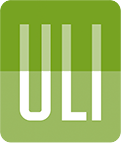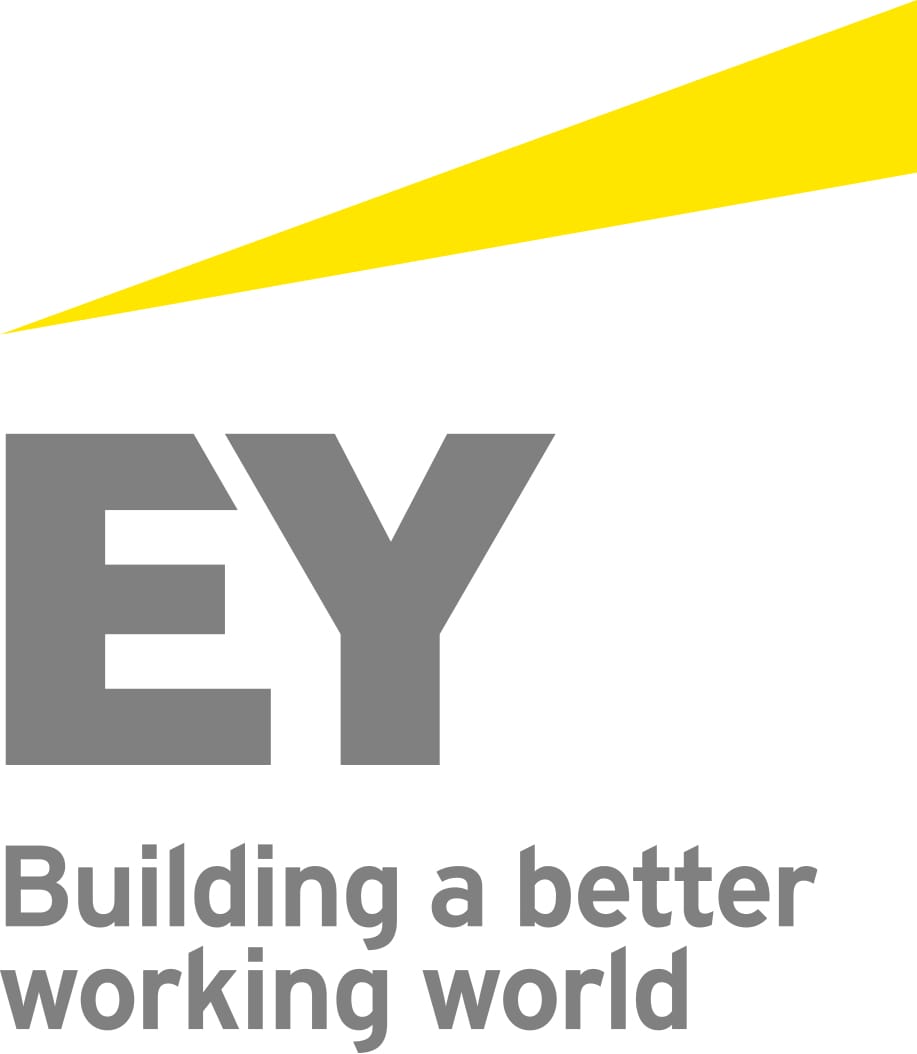Case Study: Mirvac
| Sydney, Australia | |
| National | |
| 1,420 Employees | |
| Female CEO, 3 of 6 executive leadership team are women | |
| Development of External Networks | |
| Mentoring and Sponsorship | |
| Objective Hiring, Performance Reviews, and Promotion | |
| Flexibility & Family Leave |
Mirvac’s new vision is simple: reimagine urban life. Mirvac is also working to reimagine working life for its employees. This charge is led by the company’s CEO and managing director, Susan Lloyd-Hurwitz.
Since taking on the role of CEO and managing director, Lloyd-Hurwitz has supported the company in making significant inroads to address gender equity in its workforce; the company is capitalizing on the wider benefits that diversity and inclusion deliver. As well as being one of just a handful of ASX-200 listed companies to have 50 percent female representation on its board, Mirvac has set a number of targets for female representation at management and senior management levels, reduced the gender pay gap, and embedded flexible working practices across the organization.
In recognition of the work it has done in this area, Mirvac has received the Employer of Choice for Gender Equality citation from the Workplace Gender Equality Agency (WGEA)[1] for the past three years. This achievement signals Mirvac’s exceptional commitment to gender equity across multiple dimensions within the organization. Mirvac has also broadened its commitment to diversity beyond gender, as well as delivering on a commitment to flexibility as an enabler for an inclusive culture.
Addressing Gender Equity
Mirvac has targets in place for female representation at senior management and management levels across the business which are reported to the board each year. These targets are linked to personal scorecards to encourage accountability and ownership. They measure recruitment activity and look at percentage of shortlisted candidates by gender, with a requirement to have 50 percent of female candidates on leadership shortlists.
The company also works hard in the area of gender pay parity. Over the past five years, Mirvac has completed an annual gender pay parity analysis to understand the causes of gender pay gaps and to agree on actions in order to continue to close the gender pay gap. The gap has continued to close for five consecutive years, with Mirvac’s organization-wide gap decreasing from 32 percent to 20 percent in this time period. Specifically, the by-level gap decreased from 13 percent to 10 percent over the past three years, and the like-for-like gender pay gap decreased from 3 percent to 0 percent over the past three years. This represents a significant achievement.
Mirvac did not arrive in this position by accident, though. When Lloyd-Hurwitz joined Mirvac in 2012, she engaged an external consultant to look at the company’s progress toward achieving gender equity. The consultant’s assessment reported that Mirvac had achieved all it needed to in this arena and it was no longer an issue that required focus. Lloyd-Hurwitz respectfully disagreed, however, and broadened the organization’s focus from being strictly gender driven to encompass diversity and inclusion.
As a result, a new Diversity and Inclusion Council was established, and the council put a solid diversity and inclusion strategy in place. The strategy has four key areas of focus, including:
- Diversity of thought;
- Inclusive culture;
- Flexibility; and
- Gender balance
In taking this approach, the company has been able to engage more employees—and specifically more male employees, some of whom had questioned the intense focus on women’s equality—in this important dialogue.
Flexibility at Mirvac
This shift in focus proved particularly important in discussions about flexibility, one of the key focus areas within the diversity and inclusion strategy. When it comes to flexibility, Mirvac truly goes above and beyond to empower its employees to achieve work-life quality and work/life balance.
For instance, take the Equilibrium Man Challenge, a WGEA initiative and documentary that followed a group of men as they negotiated a move to more flexible work arrangements. Mirvac had two male employees participate in this challenge, which went a long way in helping others in the company realize that flexibility is not just something for working mothers. Following the Equilibrium Man Challenge, Mirvac has put the “My Simple Thing” initiative in place, which asks employees to think of one small change they can make to improve their work-life quality. This initiative was piloted with the construction division, where achieving work/life balance can be challenging due to a strong mentality of long workdays, as well as being a traditionally more male-dominated group.
My Simple Thing has certainly made an impact—not only for Mirvac’s construction employees, who now have more men leaving work early to spend time with their families, but also in the overall perception of flexibility at Mirvac.
Mirvac’s latest engagement survey shows that 60 percent of its employees have a flexible work arrangement in place compared with 44 percent in 2015. The construction team in particular has seen a huge shift, with 46 percent of the construction workforce now having some sort of flexible work arrangement in place, up from 29 percent in 2015.
Prompted by the company’s move to a new Sydney headquarters, Mirvac has rolled out a series of other programs and initiatives to support its employees in working in a flexible environment. This has included:
- Revising the company’s Flexibility Policy to encourage employees to be creative when thinking about how they can incorporate flexible working into their roles;
- Introducing a Flexibility Charter that is intended to promote and foster flexibility across all roles. To embed the charter, Mirvac has invested in a number of training programs for its employees; and
- Transforming the Way We Work, a national initiative designed to support flexible working. This program has incorporated:
- The deployment of more than 1,200 laptops to enhance employee mobility, as well as improved audiovisual equipment and meeting room technology;
- The “Paperlite” initiative to reduce the dependence on paper; and
- A pilot space at Mirvac’s old premises prior to the move to the company’s new headquarters. The pilot space not only gave employees the opportunity to experience an activity-based work environment ahead of the move, but also offered suggestions for improvement. Behavior training also was provided to teams as part of this experience to help prepare them for working in a more flexible environment.
Mirvac’s openness to flexibility has been critical for the company’s national marketing director, Natasha Ryko. Ryko credits the support of her current manager, who understands Ryko’s need to balance work and family as being integral to her career progression at Mirvac. Ryko has implemented an informal flexibility program within her own team called “Me Mornings/Me Evenings,” which enables each team member to pick one morning to come in a bit later or one evening to leave a bit earlier each week. The program has had a positive impact on her team.
Continuous Improvement
While Mirvac has made tremendous strides in terms of gender equality, some room for improvement still exists. Anya Courtney, an assistant development manager, works predominantly with male colleagues. She admits that a bit of a “boys’ club” mentality still exists in parts of the residential business, and that some senior-level men have more traditional views of gender roles and female career progression. For these reasons, Courtney believes that taking time off in the future to have children could potentially hurt her career progression. There are many examples of working mothers in senior leadership positions at Mirvac that Anya can look up to; however, her own division is lacking these female role models. The group has made progress on the issue of working long hours, though, which Anya credits to Mirvac’s contemporary, open-office design that encourages flexible working.
From a male perspective, project director Robert Wilson, also in Residential, believes there has been a shift from the “boys’ club” over the past few years. While he has inherited a predominantly male team, he is aware there may still be a perception of a boys’ club, but believes it will change over time as more women enter the sector. Wilson also believes that the low take-up of flexible working arrangements in his team can be attributed to the fact that a number of his young team members sit between the completion of studies and starting families—the two most common reasons for needing flexibility in the workplace. As a result, there is not a great need in his team for flexible work arrangements to be put in place. Wilson also does not see any barrier to gender parity in his part of the business and believes that people are assessed on merit.
Given Mirvac’s exceptional progress in achieving gender parity, it would be easy for the company to rest on its laurels; yet Mirvac continues to tackle issues around gender equality head-on. In the construction division, for example, the company has put a specific strategy in place to recruit and advance women in this area. In their most recent intake of graduates, 50 percent of participants were female.
Another formal effort to develop women is a mentorship program, which operates in partnership with the Property Council of Australia. The program pairs high-potential women at Mirvac with male or female mentors within the industry, who then meet over the course of six months. Mirvac’s senior manager of learning and organizational development, Kristen Sweeney, manages the program and explained that Mirvac identifies high-potential women with the hope of providing them with the support they need to continue progressing upward through the organization.
Mentoring is something of particular relevance to Lloyd-Hurwitz, who credits her own mentors with “holding up a mirror” for her and helping her internalize important feedback. She is also extremely supportive of the company’s innovation program, “Hatch,” for which people self-nominate. While the three-year program is not specifically aimed at women, Lloyd-Hurwitz finds that women who have gone through the program are “equipped with new vocabulary, which allows them to question and challenge the way we do things . . . and get to the heart of what’s going on for the customer. This is empowering for women who may not normally challenge.”
Lloyd-Hurwitz sees the tendency to accept the status quo as the biggest potential barrier for achieving gender parity. Yet she herself is a force in continuing to confront the remaining challenges that Mirvac faces. The overwhelming sentiment from the senior management team is, as Lloyd-Hurwitz articulated, that “gender parity is not only the right thing to do, but it creates better business outcomes.” The company will continue to lead by example, paving the way for more open dialogue about gender equality in the industry.


